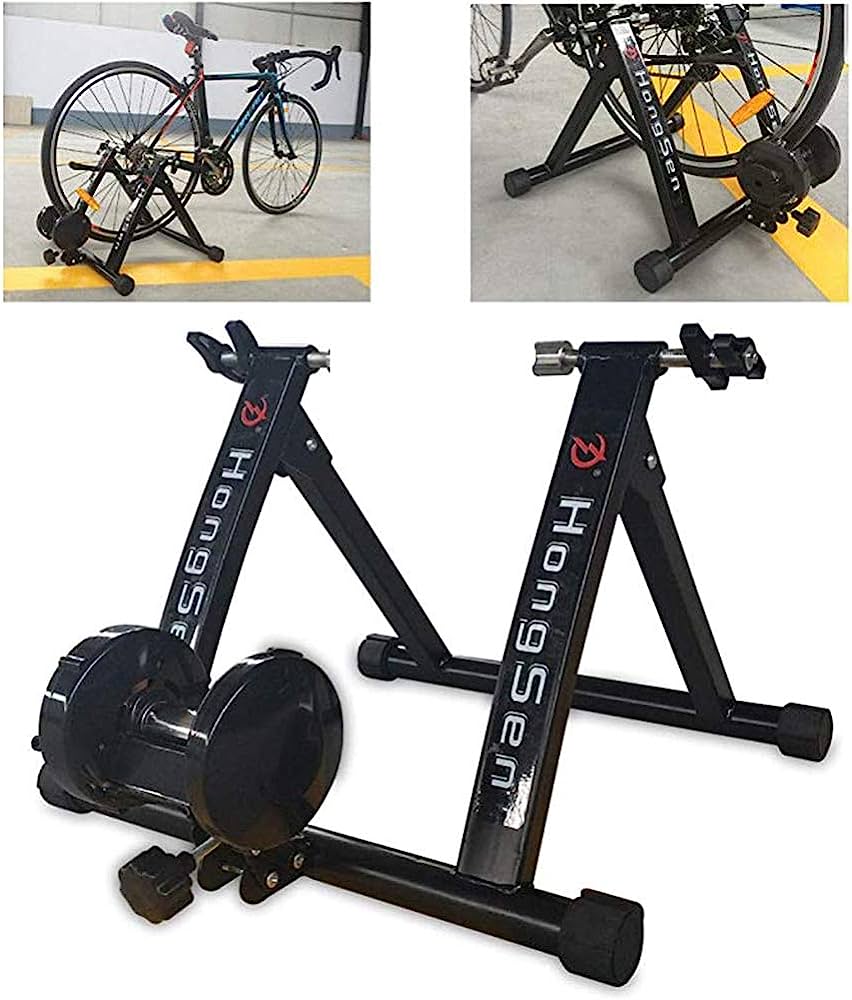
Cycling is an excellent form of exercise that offers many health benefits, including improved cardiovascular health, increased muscle strength, and reduced stress levels. However, cycling can also lead to injuries, particularly if you don’t use proper technique or overtrain. Bicycle rollers are a popular training tool used by cyclists of all levels to improve their fitness and performance on the bike, but they can also play a significant role in injury prevention. In this article, we’ll explore the role of bicycle rollers in injury prevention and why they are an essential addition to any cyclist’s training regimen.
Improving Cycling Technique
One of the most significant benefits of using bicycle rollers is that they can help improve your cycling technique. By using a roller, you can focus on your pedaling efficiency, balance, and posture, without worrying about traffic or terrain. This can help you become a better cyclist, both indoors and outdoors, and reduce the risk of injuries.
For example, you can use bicycle rollers to practice your pedaling technique, such as smooth, circular pedaling, which can improve your efficiency and reduce the risk of knee and leg injuries. You can also use rollers to practice your balance and posture, which can help reduce the risk of falls and injuries. By focusing on your technique on a regular basis, you can develop good habits and reduce the risk of injuries.
Reducing the Risk of Overuse Injuries
Another benefit of using bicycle rollers is that they can help reduce the risk of overuse injuries. Overuse injuries are common in cycling, particularly in the knees, hips, and lower back, and can be caused by training too hard or too often, neglecting proper recovery, or poor bike fit. Using bicycle rollers allows you to control the intensity and duration of your workouts, which can help prevent overtraining and reduce the risk of overuse injuries.
For example, you can use rollers to perform low-intensity, high-repetition workouts, which can help improve your endurance and reduce the risk of overuse injuries. You can also use rollers to perform recovery rides, which can help promote blood flow and reduce the risk of muscle soreness and injuries.
Promoting Recovery and Rehabilitation
Bicycle rollers can also play a significant role in promoting recovery and rehabilitation from injuries. After an injury, it’s important to limit stress on the injured area and allow it to heal properly. Using bicycle rollers allows you to perform low-intensity, low-impact workouts, which can promote blood flow and help speed up the healing process.
For example, if you have a knee injury, you can use bicycle rollers to perform low-intensity, high-repetition workouts that focus on your pedaling technique and balance, without putting too much stress on your knee. This can help promote blood flow to the injured area and speed up the healing process. You can also use rollers to perform recovery rides, which can help promote blood flow and reduce the risk of muscle soreness and injuries.
Reducing the Risk of Road Accidents
Using bicycle rollers can also help reduce the risk of road accidents, which is a significant cause of injuries among cyclists. By using rollers, you don’t have to worry about traffic, obstacles, or unpredictable road conditions. This can help reduce the risk of accidents and injuries, particularly for those who are new to cycling or live in areas with heavy traffic.
For example, if you live in an area with heavy traffic or inclement weather, using bicycle rollers can provide a safe and convenient alternative to outdoor cycling. You can still maintain your fitness and performance on the bike, without having to worry about the risks of road accidents.
Choosing the Right Roller
To get the most out of your bicycle roller training, it’s important to choose the right roller for your needs. There are three basic types of bicycle rollers: fixed resistance, magnetic resistance, and fluid resistance.
Fixed resistance rollers are the simplest and most affordable, but they don’t offer any resistance adjustments, which means that you’ll have to rely on your pedaling power to create resistance. Magnetic resistance rollers offer adjustable resistance levels, while fluid resistance rollers offer the most realistic road feel and resistance levels.
Conclusion
Bicycle rollers can play a significant role in injury prevention, helping you improve your cycling technique, reduce the risk of overuse injuries, promote recovery and rehabilitation from injuries, and reduce the risk of road accidents. By incorporating bicycle rollers into your training regimen, you can improve your cycling fitness and performance, while reducing the risk of injuries. To get the most out of your bicycle roller training, be sure to choose the right roller for your needs and focus on your technique and recovery.

